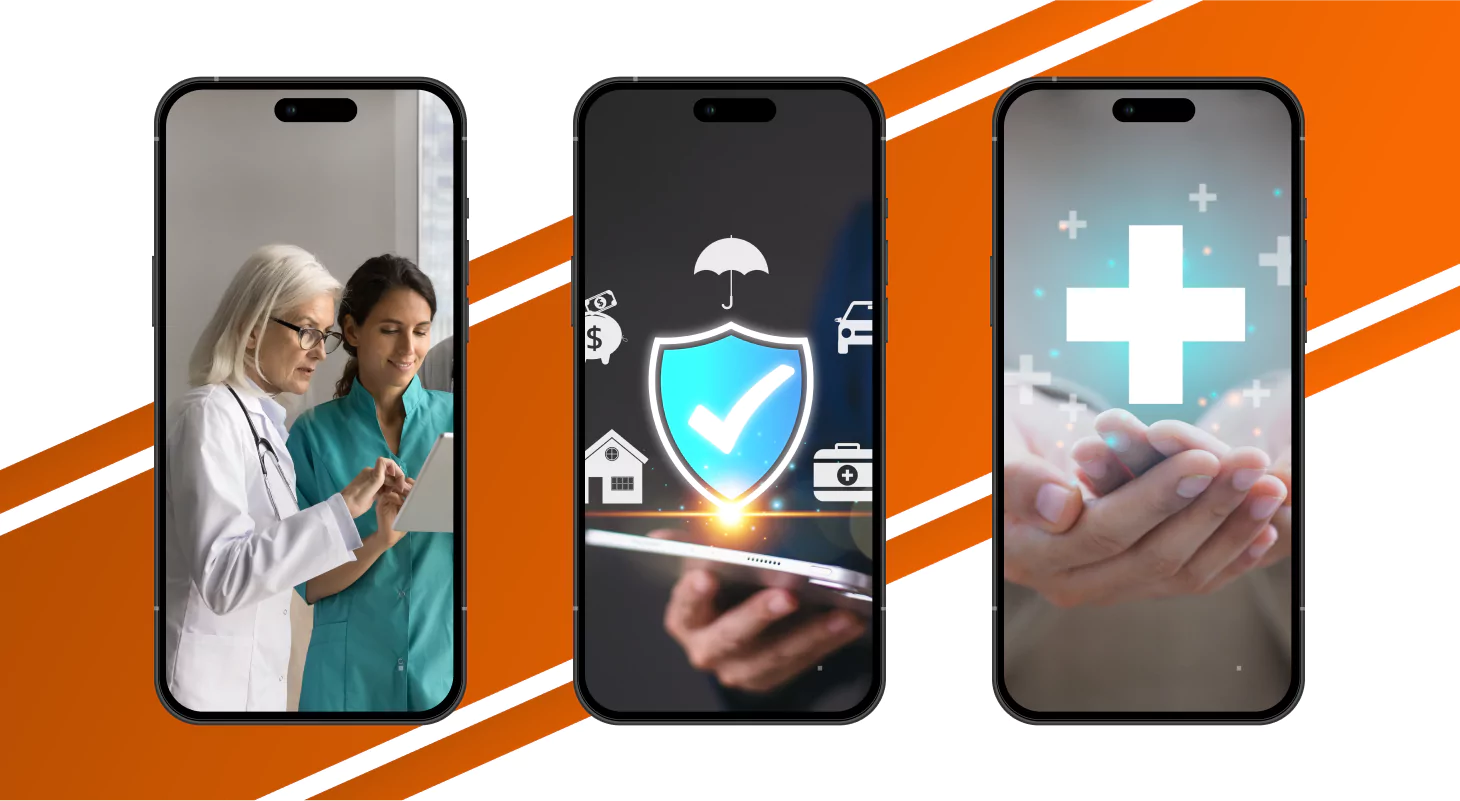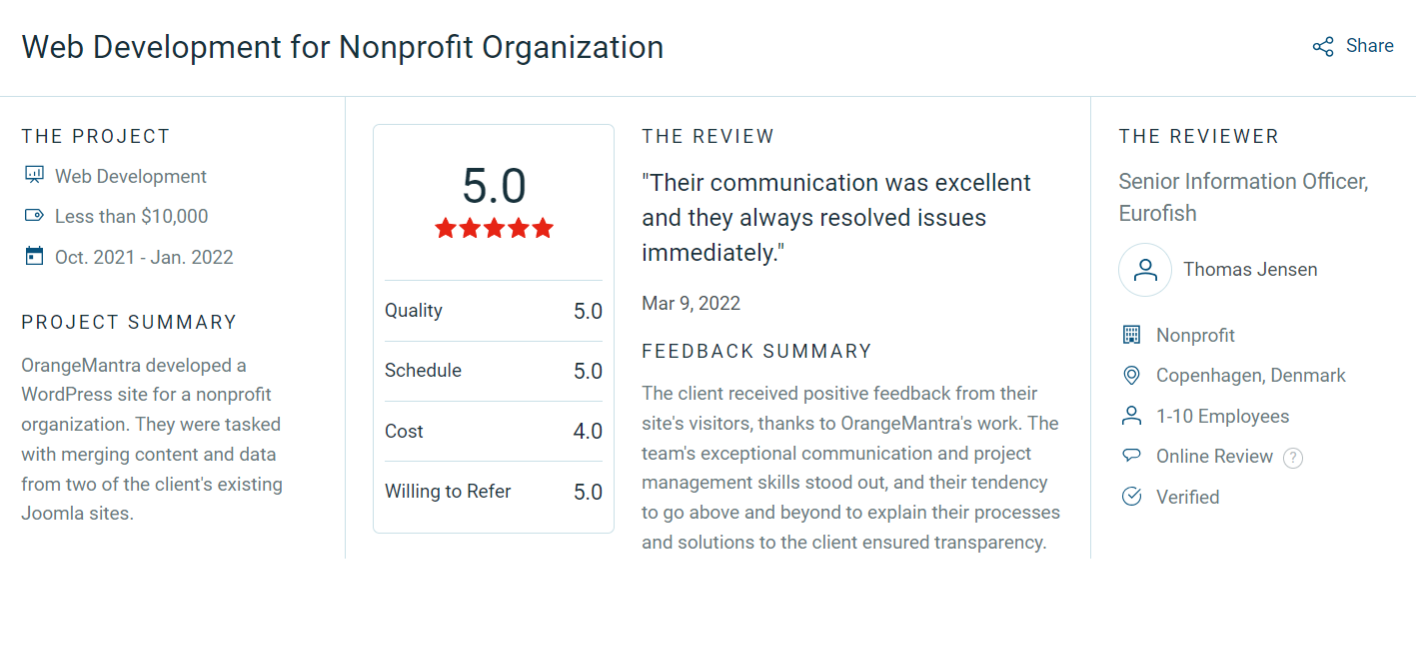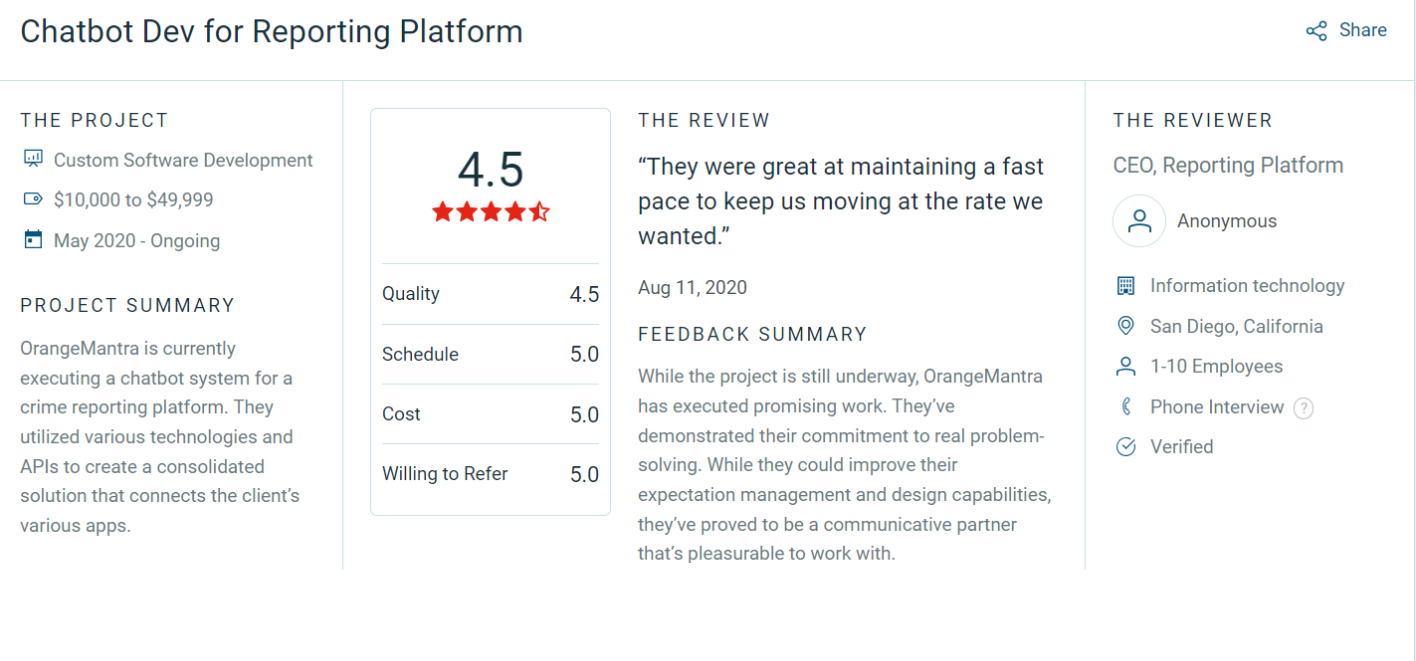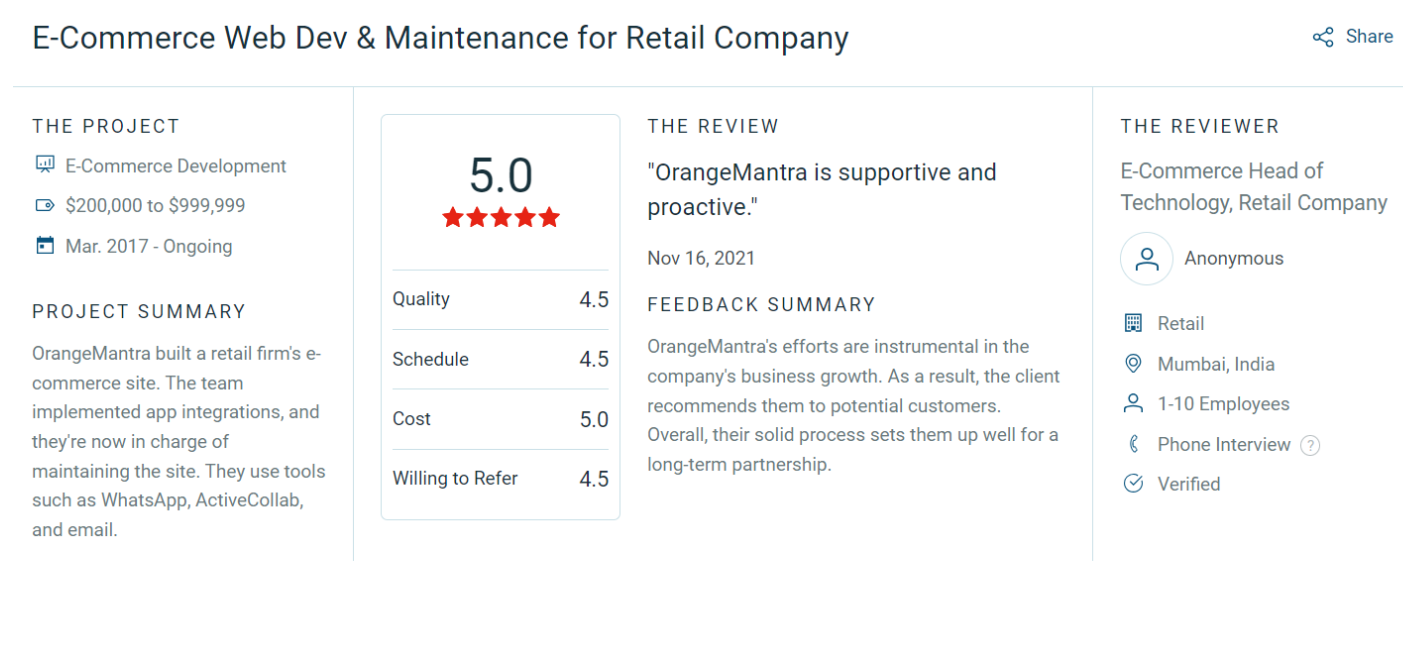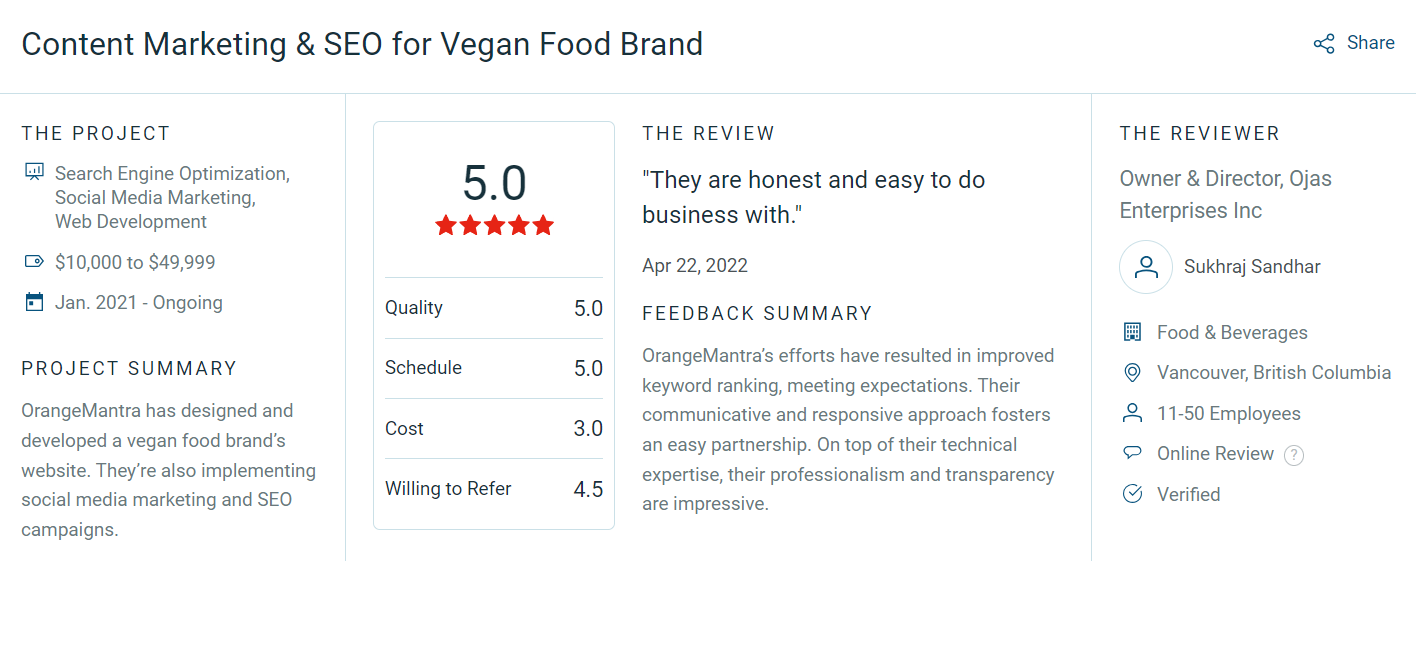The Problem: Dealt with Inconsistent, Error-Prone Manual Processes
Initially, the healthcare provider struggled with multiple inefficiencies. They found fluctuating results as manual analysis resulted in variations in measurements. Even a lack of trust in data made it difficult to get a consistent and accurate diagnosis. Their existing diagnostic process could no longer keep up with the demands of modern healthcare. Something had to change to meet the demands.




